No matter the industry, managing sustainability in the supply chain continues to increase in importance. The majority of companies’ risks and opportunities are often in their supply chains, and companies with supply chain sustainability programs have a leg up against competitors to mitigate risk, find cost savings through resource efficiency, drive innovation through supplier collaboration, and access finance and improve working capital. To take just one example of the link between supply chain sustainability and business risk, according to World Health Organization, International Labour Organization and UN Development Programme, by 2030, productivity losses related to heat-related workplace disruption and injury could rise above $2tn.
To build or maintain a competitive edge, companies also must stay abreast of the trends in terms of the best approach to supply chain sustainability programmes. Supply chain sustainability, also known as responsible sourcing, sustainable sourcing, responsible supply or sustainable procurement, continues to evolve. BSR has seen the shift from a compliance-based approach, which started in the 1990s, to going beyond monitoring in the 2000s and into supply chain transformation today. These trends align with overall management trends in the evolution of procurement and supply chain management, and companies need to navigate how to evolve with the times.
Evolution of supply chain management and supply chain sustainability
To help companies either start their journey in implementing supply chain sustainability or improve their existing programs, BSR has developed the supply chain leadership ladder since 2017. It is a maturity model for companies to evaluate and evolve their approach to supply chain sustainability. Today, we are pleased to announce the launch of its update, the supply chain leadership ladder 2.0.
The leadership ladder helps illuminate a path to improved supply chain sustainability performance in the following ways:
- Providing a true assessment of the level to which a company’s existing supply chain and procurement practices integrate sustainability and provide value across internal and external dimensions.
- Ascertaining the company’s own level of ambition in driving supply chain sustainability: does a company want to be driving impact and managing its most important priorities, or is it comfortable at the level of assuring compliance?
- Identifying concrete actions the company can take to improve its programme and approach, as well as align with peers or leading practice.
The leadership ladder has four levels, reflecting the actions of companies across industries, as well as BSR’s informed vision for impact.
Evolution of supply chain management and sustainability
| Supply chain sustainability trends | Procurement trends | |
| 1990 | Codes and compliance
|
Codes and compliance
|
| 2000 | Beyond monitoring
|
Strategic supply chain
|
| 2015 | Supply chain transformation
|
Digital supply chain
|
Through anonymised assessment data of 32 companies, BSR found the most common level of maturity across company programmes is Level 2: assuring compliance. BSR works with companies at the assuring compliance level to help them identify opportunities to improve their programmes. This may include helping a company identify how to achieve better visibility of the most critical issues, categories of spend and sourcing geographies in its supply chain; identifying the roles and responsibilities needed internally; or determining how best to engage suppliers and the supply chain workforce towards better outcomes.
The BSR supply chain leadership ladder
| Level four | Drive impact | Manage the supply chain as a platform for positive impact by integrating with the business’s strategy and tackling root causes of issues through innovation and collaboration |
| Level three | Manage priorities | Shifting from risk mitigation to advancing opportunities through a more targeted understanding of strategic priorities and opportunities for impact in the supply chain |
| Level two | Assure compliance | Focus on risk mitigation through supplier compliance and by defining both a strategy and an approach to sustainability |
| Level one | Build awareness | Understand your supply chain and develop internal management systems to support a focus on supply chain sustainability |
Version 2.0 incorporates learnings from our work with companies across industries to assess and benchmark their approaches, as well as an external benchmark of the Leadership Ladder against other global frameworks.
We look forward to continuing to work with companies to implement and evolve their supply chain sustainability programmes. As always, we welcome feedback and conversation on the new version of the supply chain leadership ladder.
Tara Norton is managing director at BSR. She leads BSR’s global supply chain sustainability practice and directs its operations in Europe.
This contributed article has been written by a guest writer at the invitation of Procurement Leaders.




















